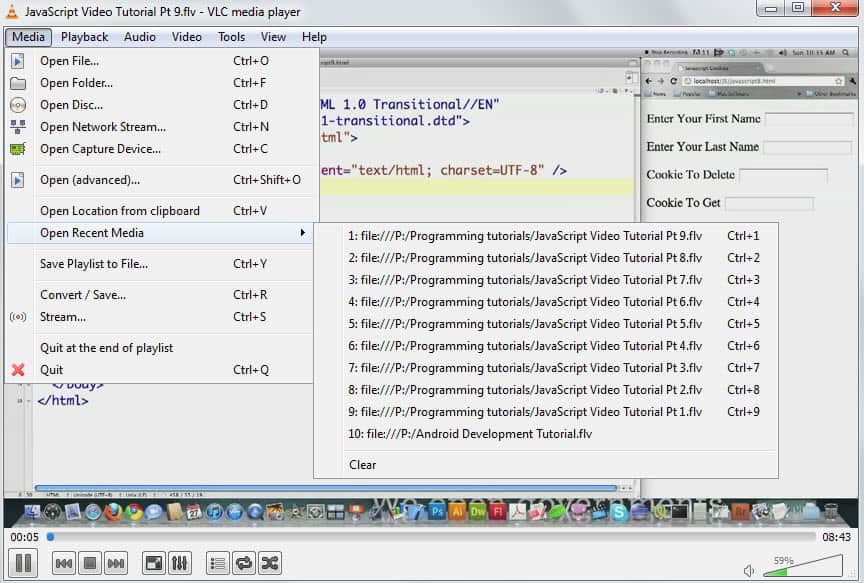

In System Settings, the Startup and Shutdown control panel features the Autostart category. In Plasma, it's pretty intuitive, but also flexible. For big, important services like CUPS or Apache, the answer is easy to find, but for smaller, user-centric services the answer can vary from desktop to desktop. I get asked a lot about how to make things start (or stop them from starting) at login. It's a great tool, and one that's relatively hidden. This means that if I'm working on graphics for a tabletop RPG set in the Old West, I can quickly deactivate all the futuristic fonts and activate the old classic and Western-themed fonts to make my Inkscape and Scribus interfaces easier to deal with as I work.

For artists, the KDE 5 font manager enables the creation of font groups and the ability to enable and disable them quickly and easily. On the left are your favorite applications and on the right are categories, including one that lists everything alphabetically.įor the everyday desktop user, a font manager provides a centralized interface for font previews, installation, and removal. Type to search for a specific application or use your mouse or arrow keys to navigate and browse. On KDE 4.x, install the Homerun package, which provides a file in /usr/bin that you can use to launch a similar interface. Once added, you'll have a button to access it. To create a full-screen launcher on Plasma, add the Application Dashboard widget to your kicker or desktop. This idea was "borrowed" by Mac OS X as Launchpad, and now it can be mimicked with KDE's Plasma Desktop.įor me, the full-screen launcher's appeal isn't that it can imitate GNOME3 it's about getting an alphabetized listing of all the applications on my system so I can find them without having to guess which category they were tagged into. When GNOME3 came out, it introduced the crazy idea of having a full-screen application launcher, combining a complete application list with a favorites section in the form of a dock and providing access to a dynamic list of virtual desktops. The thing about starting with all the options in the world is that you can imitate anything, including GNOME.


 0 kommentar(er)
0 kommentar(er)
